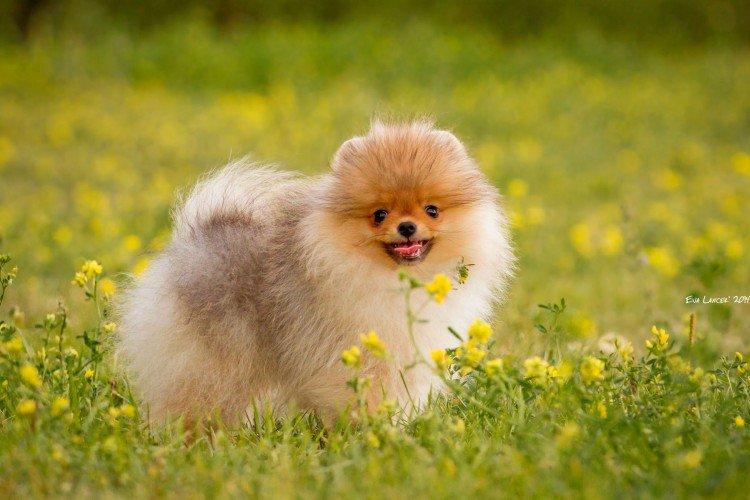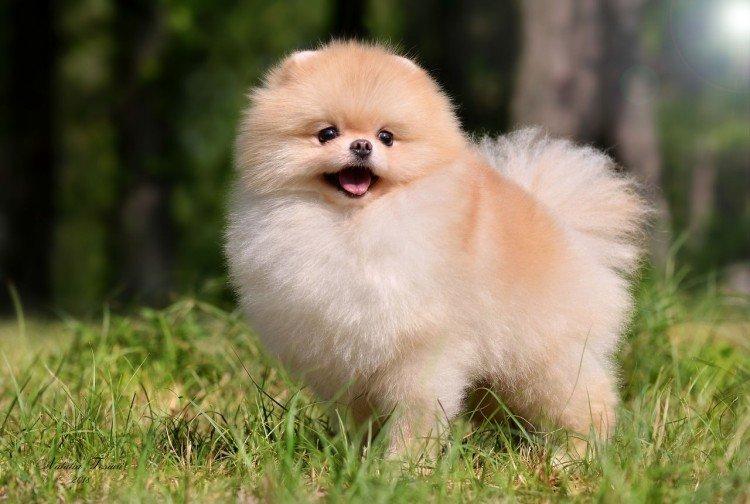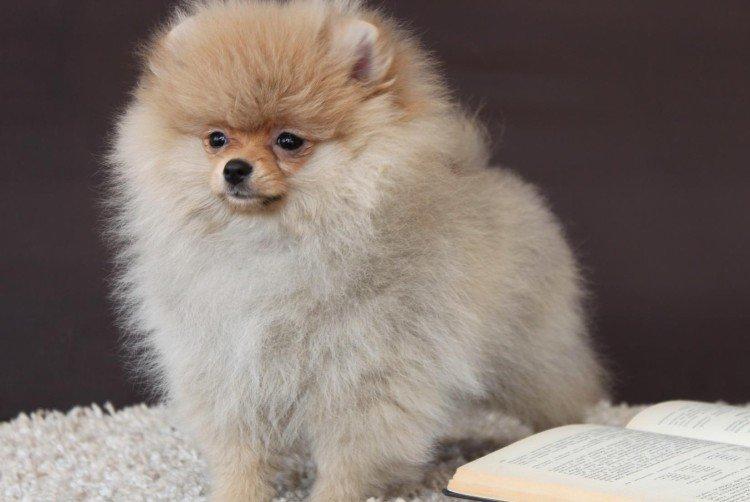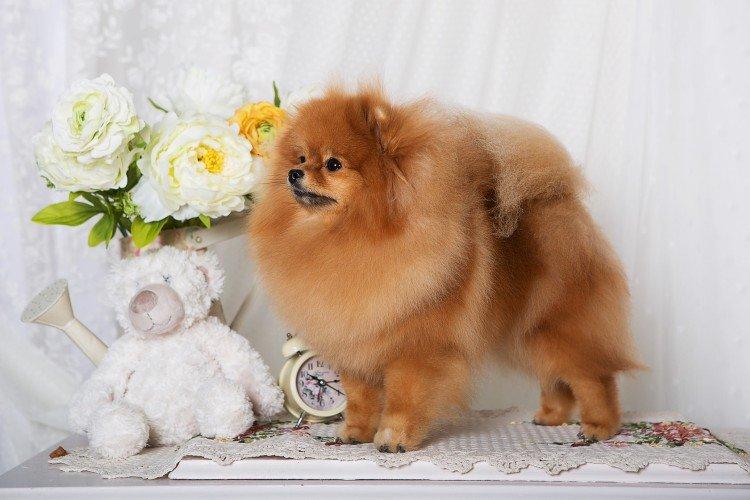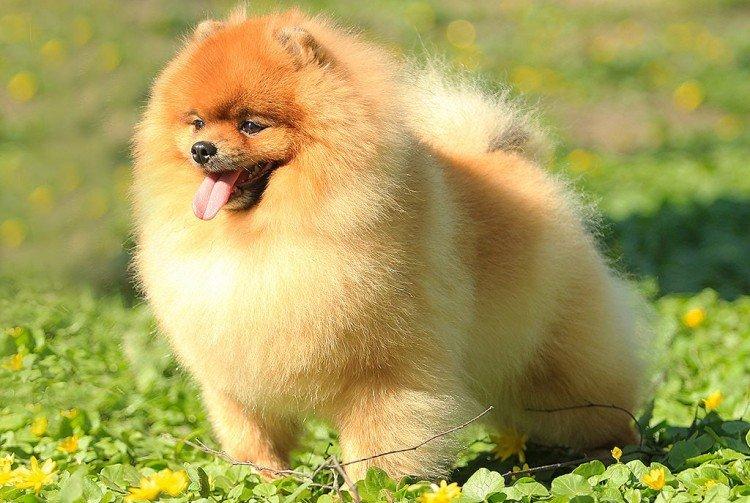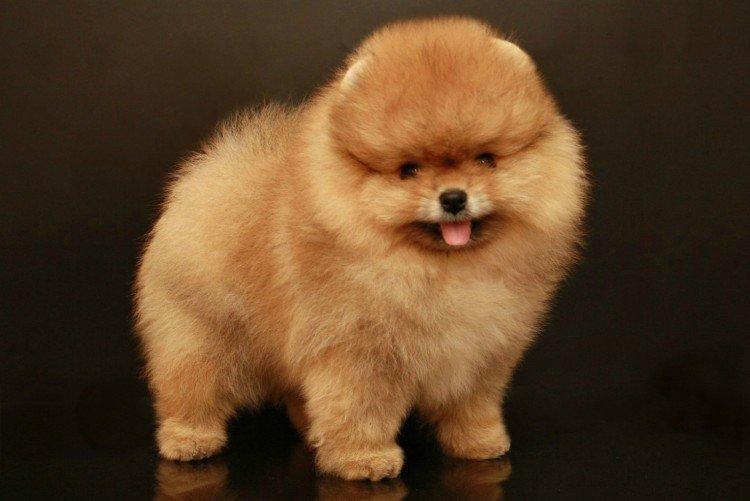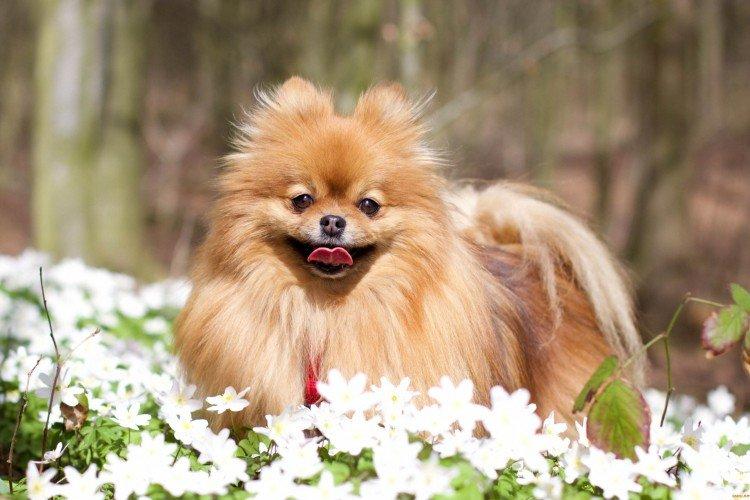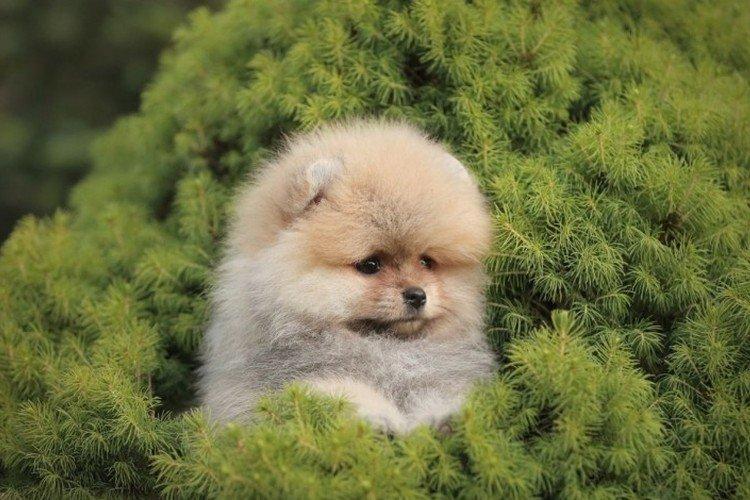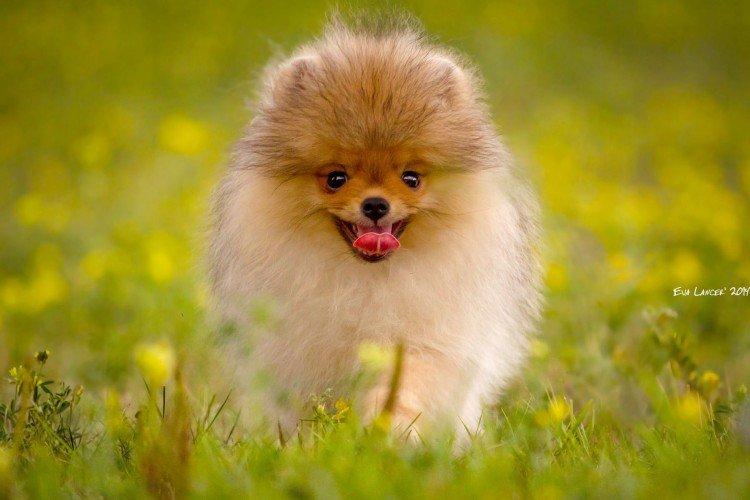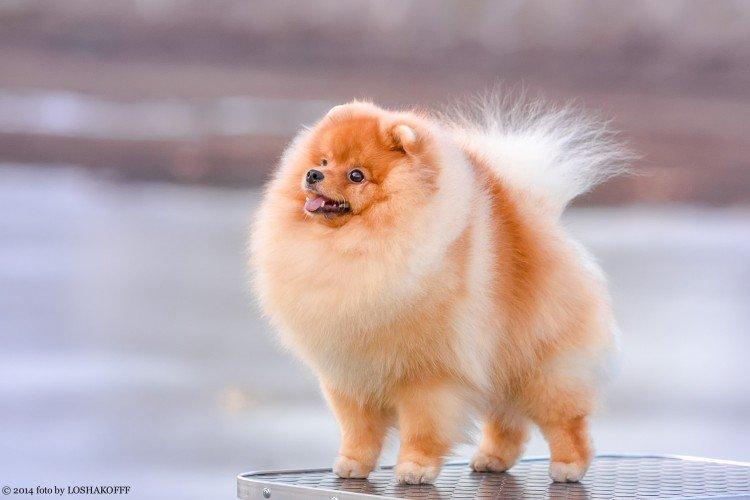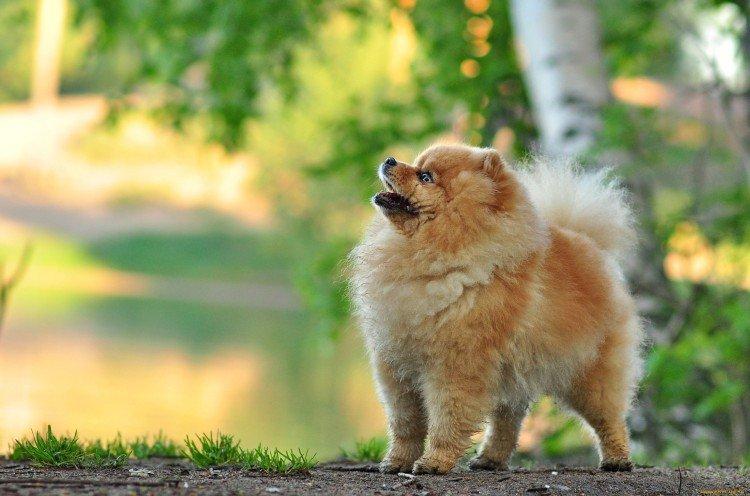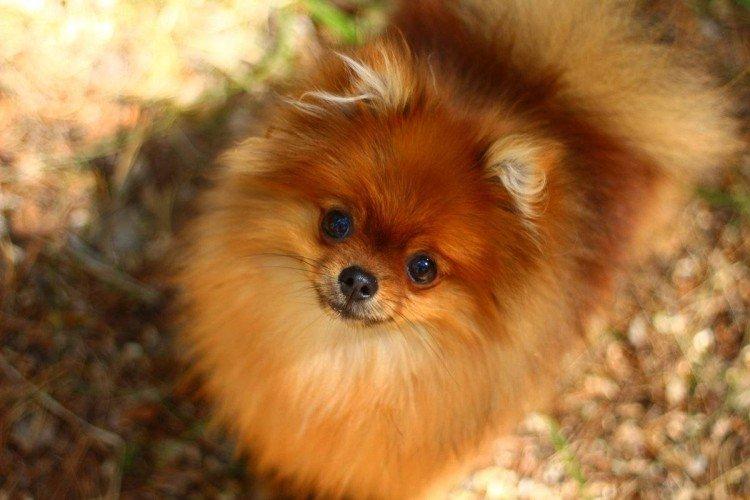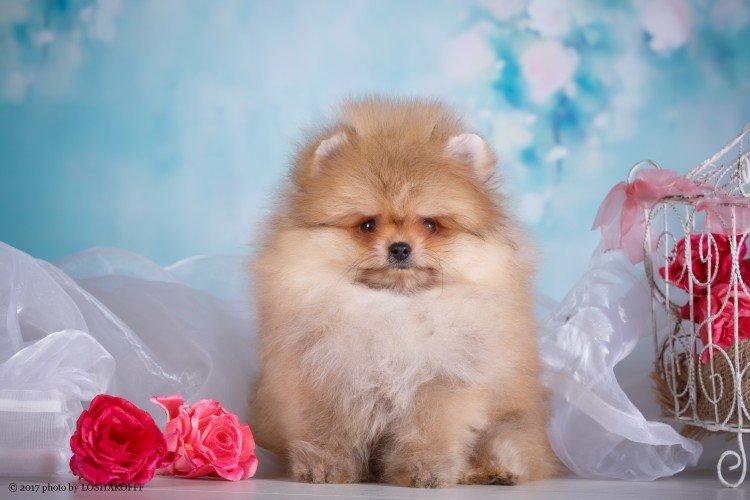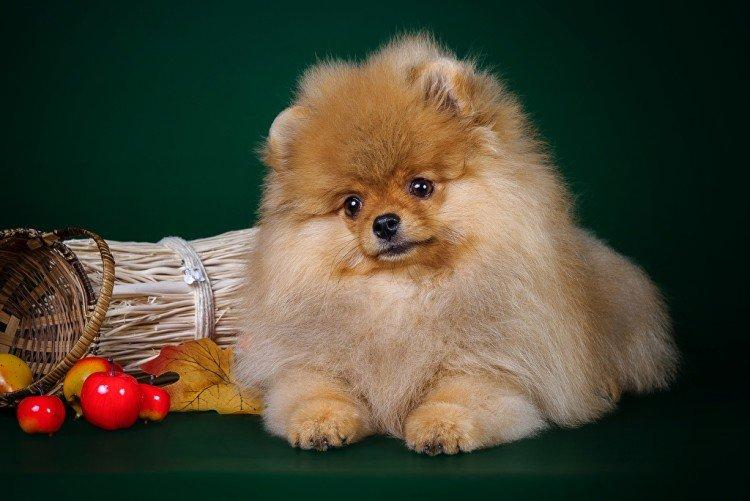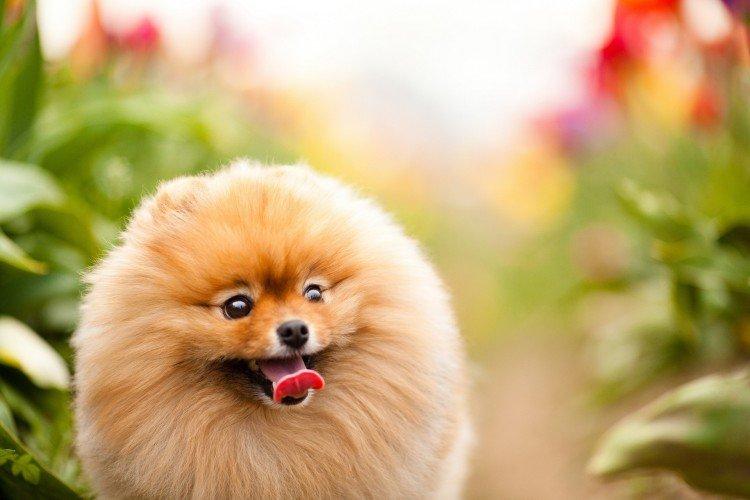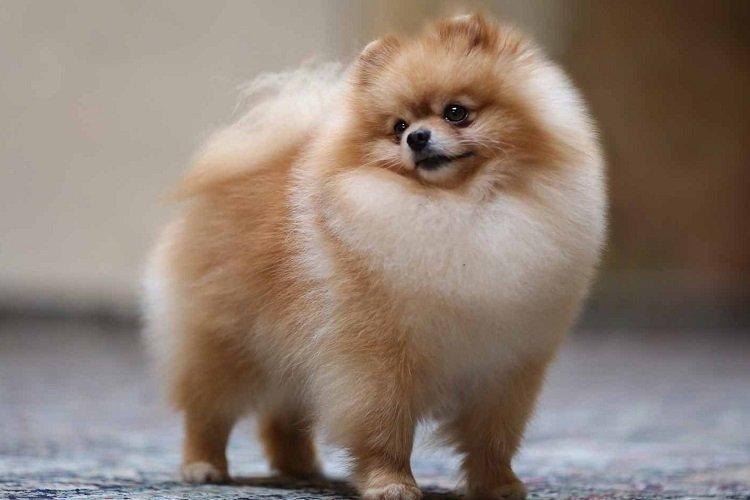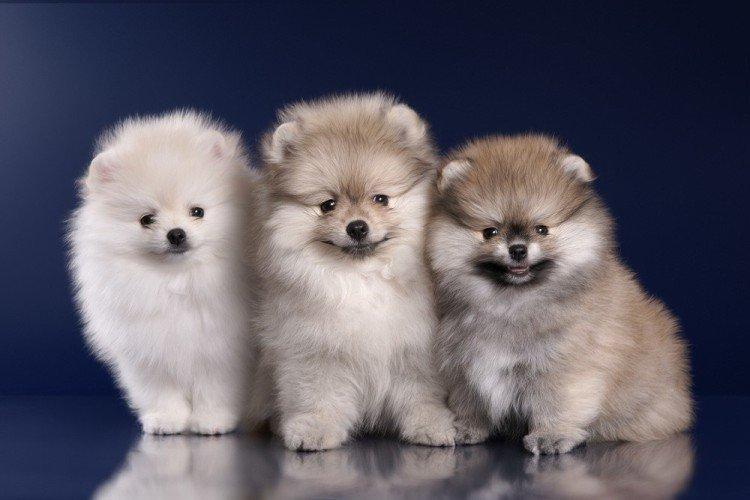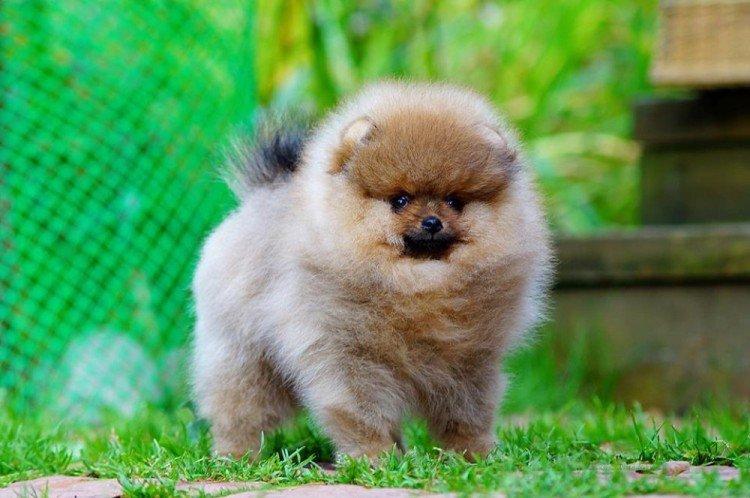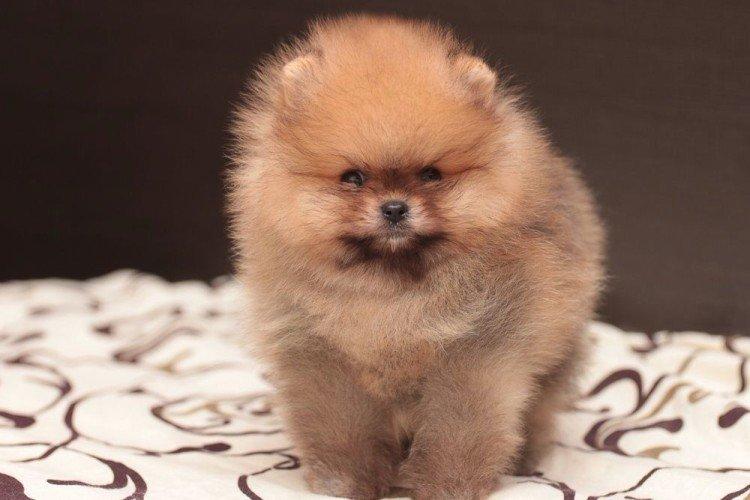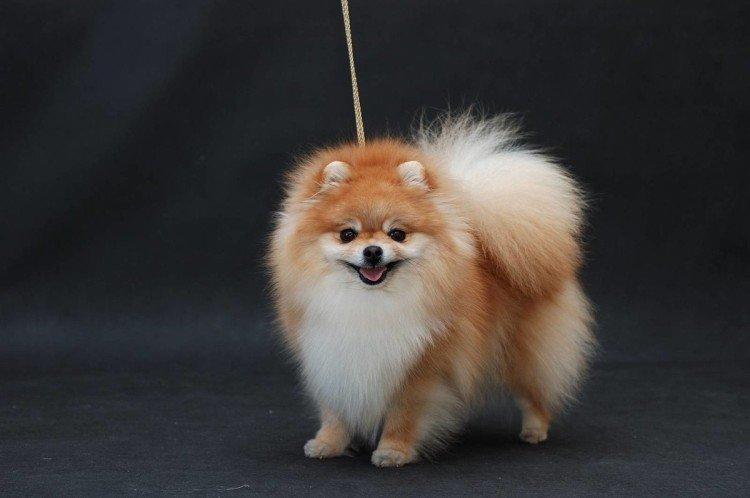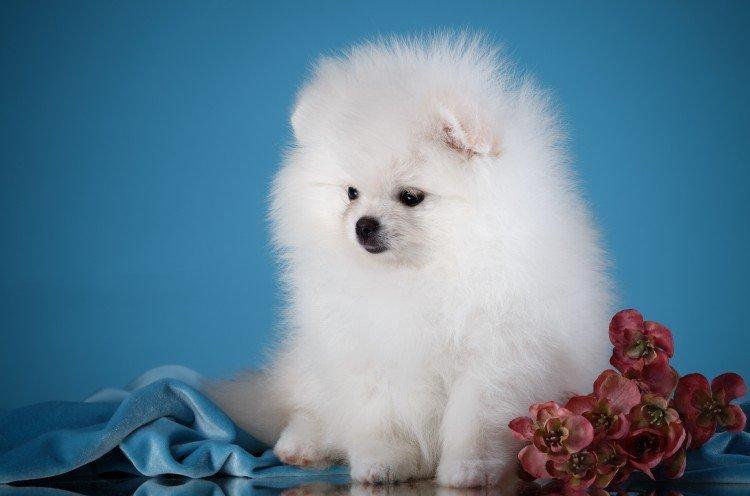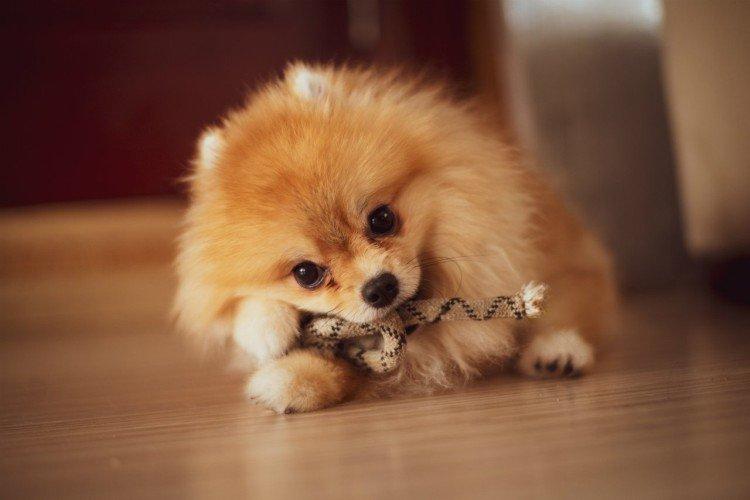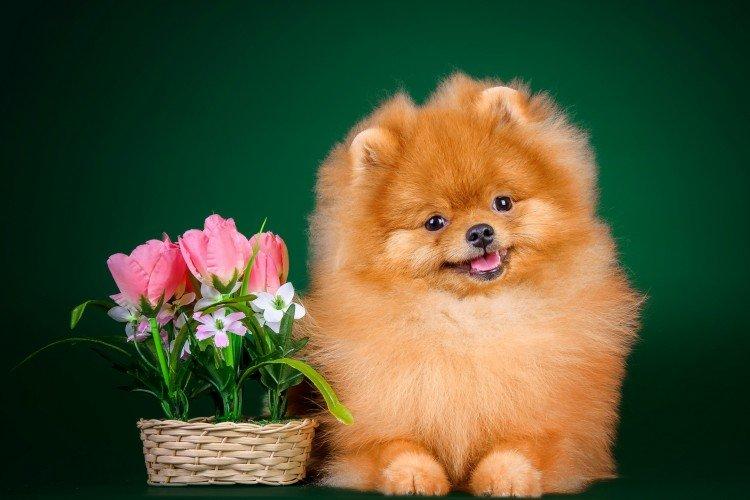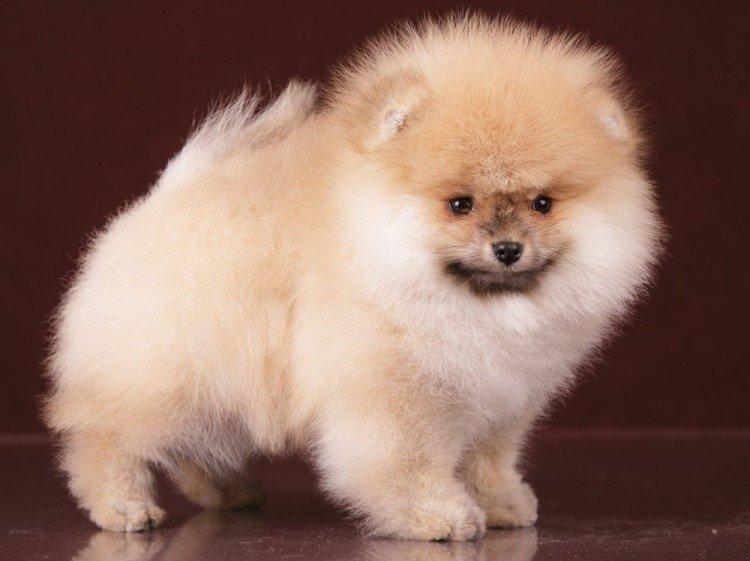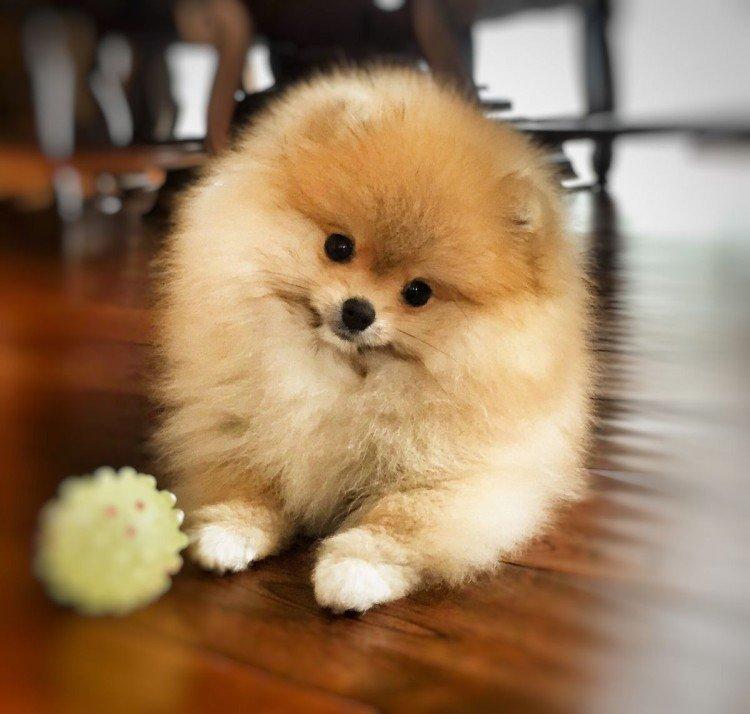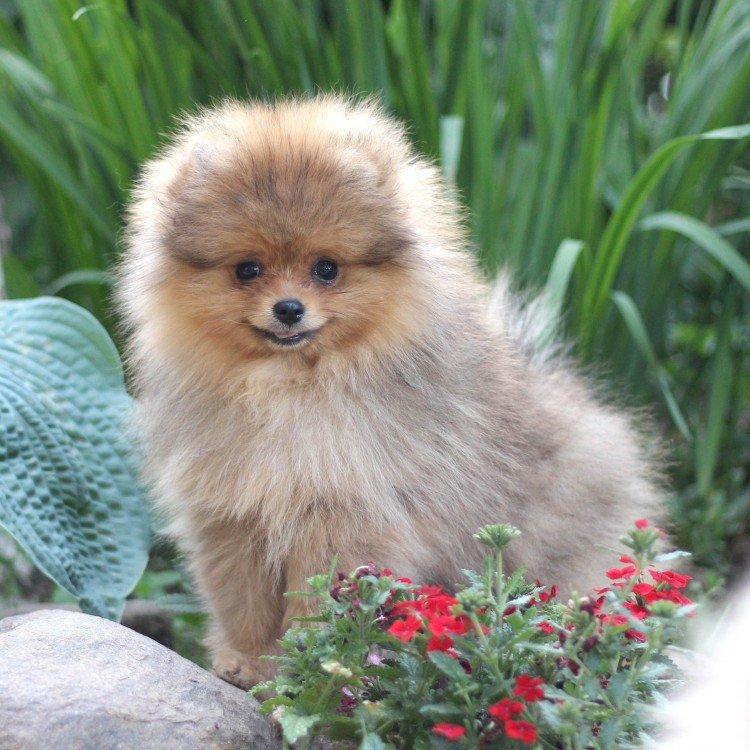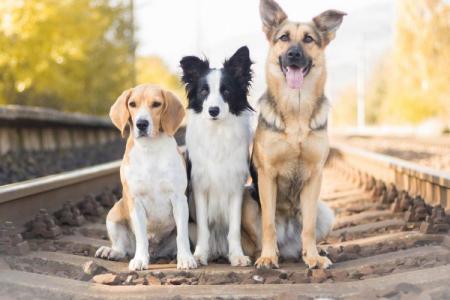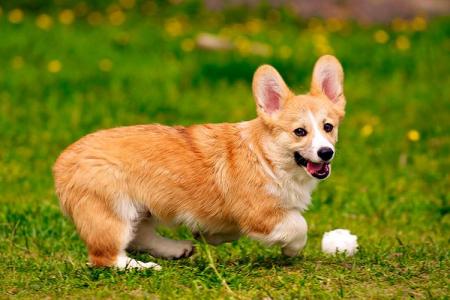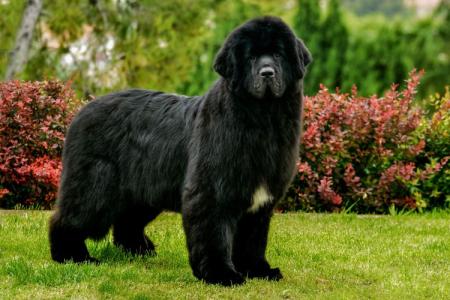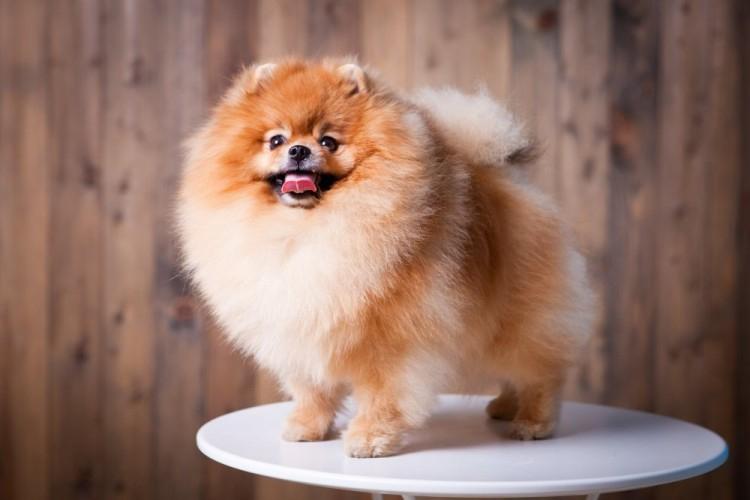
Even those who prefer large breeds cannot resist the charm of the Pomeranian. A nimble, active and loving pet is able to melt the most callous heart! And we will tell you how to take care of your baby and what he needs for a long and happy life!
General description of the breed
The Pomeranian is a miniature decorative breed of dogs considered to be long-livers and living for 13-16 years. Spitz are suitable even for inexperienced dog owners, although they also have their own characteristics, which we will discuss further.
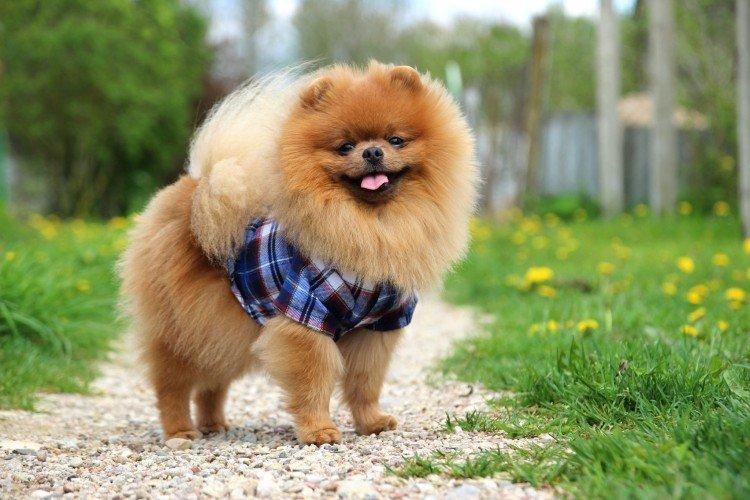
Origin story
In 1870, Spitz from their native England came to Europe. Local breeders are actively engaged in the withdrawal of a decorative dwarf breed with bright and fluffy fur. The Pomeranians turned out to be so graceful that over time, the standards for other Pomeranians began to change to suit them.
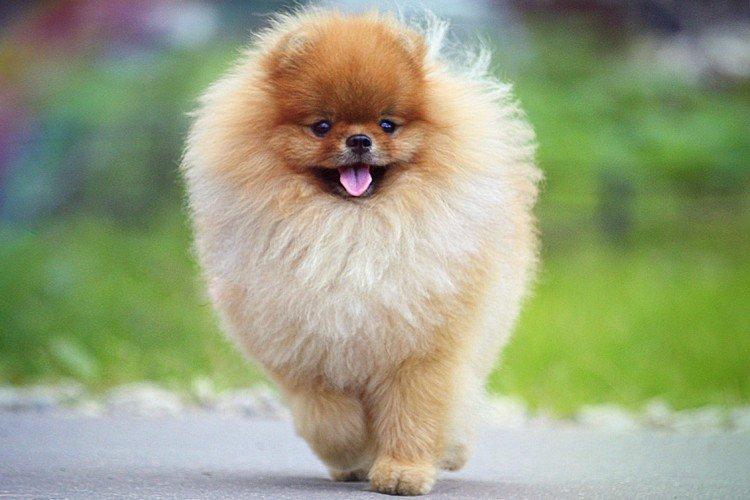
Pomeranian: breed standard
Pomeranians are very small - up to 3-3.5 kg according to the breed standard. The average height at the withers for an adult dog is 16 to 22 cm. They are characterized by a slightly upturned fox muzzle with a narrow jaw, a round black nose and dark almond-shaped eyes.
The Spitz have small and high erect ears, a lush collar and a slightly rounded silhouette. The tail is high and rounded towards the back, very densely covered with hair. The feet are strong and well developed, and the chest is broad relative to the size of an orange.
In addition to an even long coat, Spitz must have a dense thick undercoat, because of which they resemble balls. Contrary to stereotypes, Pomeranian Spitz are not only red, but also black, brown, cream, blue and multi-colored. There are eleven approved colors in total.
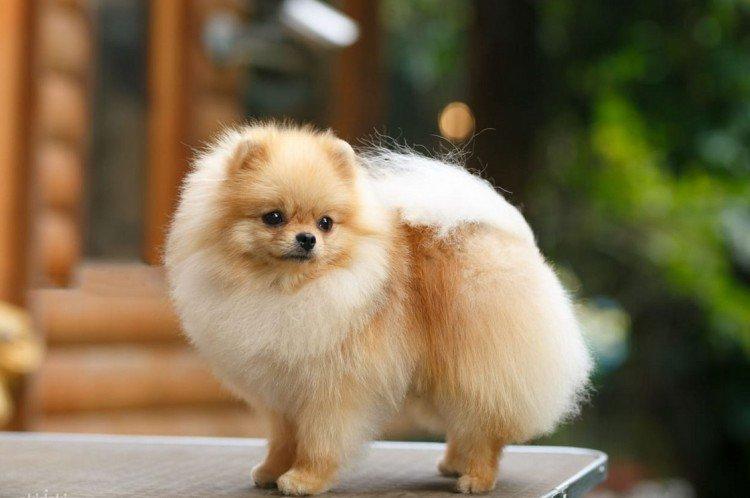
Pomeranian personality
Pomeranians are adorable and charming, in the blink of an eye they become the soul of the company and constantly delight the owner. But like everyone else, they have their own advantages and disadvantages!
Features and temperament
Pomeranian Spitz are cheerful, cheerful and very playful, they love any activity and are always ready for adventures. It seems that the Spitz is constantly smiling and glad to everyone who is ready to pay attention to him. The flip side of the coin is that this breed does not tolerate loneliness very well and is not suitable for those who are constantly not at home.
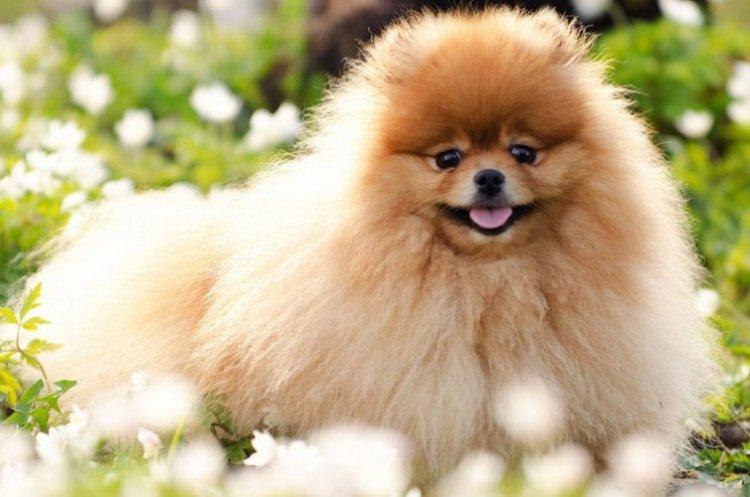
Attitude towards the owner
Spitz is ready to defend his territory and master loyally and faithfully. But for this you need to build a trusting relationship with the dog, otherwise it will try to dominate. Do not let your pet get impudent or naughty, and try to keep him busy as often as possible.
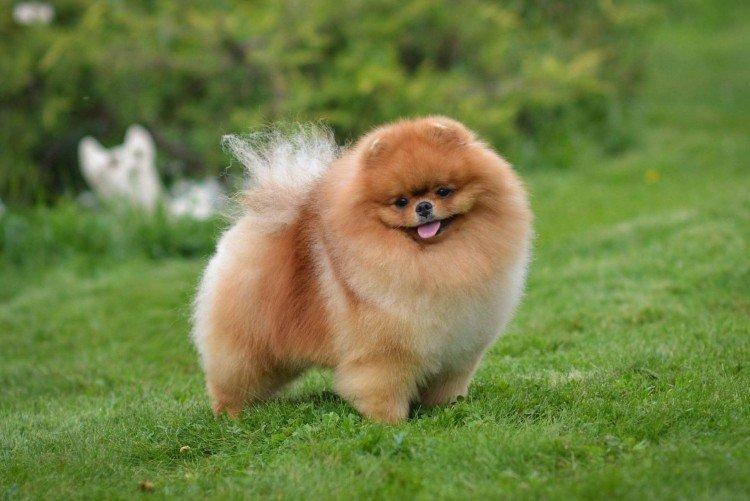
Attitude towards children
The eccentric Pomeranian Spitz do not get along well with small children, so you should not have such a dog in the house with a newborn. If the child is 7-10 years old, you can already try, but here the older the better. It is important to teach the child to handle the dog with care, otherwise it will be nervous and fearful.
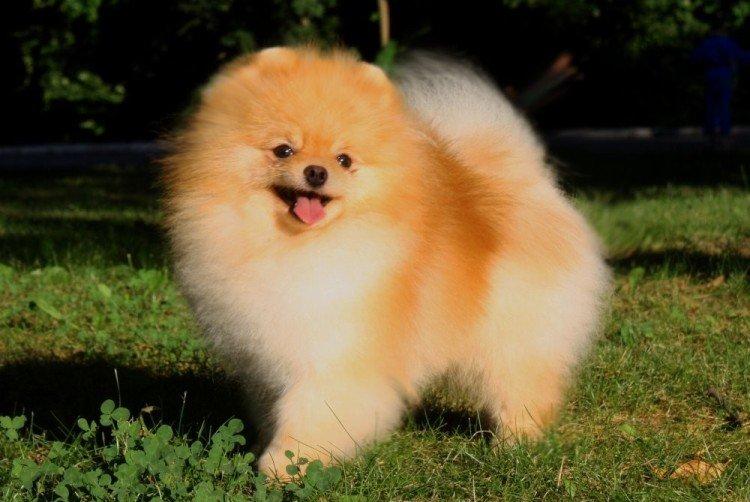
Relationships with other animals
The Pomeranian Spitz will easily get along with other animals if it got into the house with them from an early age. But to make friends of an adult pet with competitors is already extremely problematic - Spitz too want to dominate.
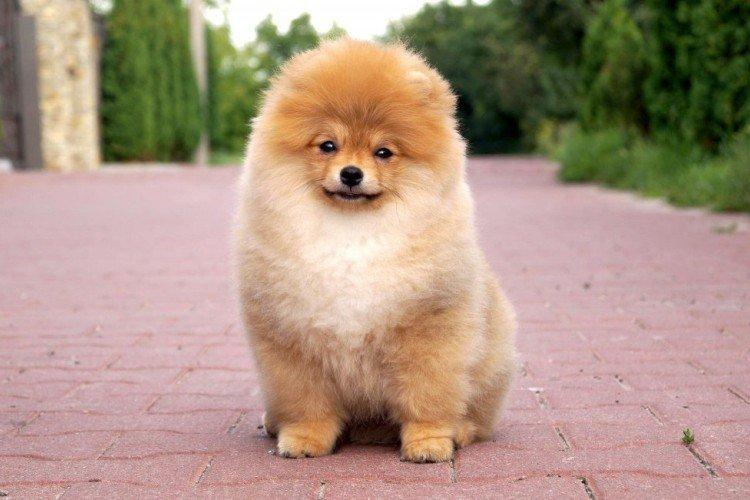
Pomeranian care
Although caring for an orange takes quite a long time, it is inherently very simple. Most of the routine is brushing the luxurious coat.
Conditions of detention
Despite the fact that the Pomeranian is very active, they feel great even in a small apartment. But make sure the dog has enough toys and activities. Give the orange a separate place to sleep and rest, otherwise the wool will be everywhere. And be sure to keep in mind that the noisy and emotional breed loves to bark loudly and loudly.
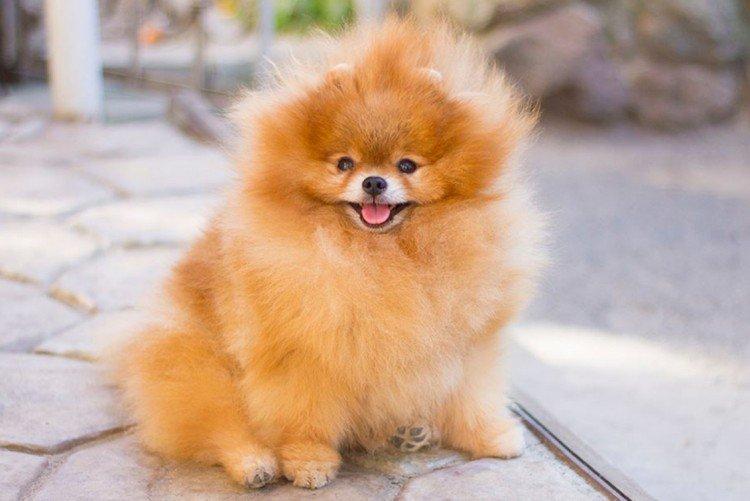
Hygiene
It is recommended to comb the Pomeranian Spitz every day for at least half an hour and from the first months.During molting, you have to repeat the procedure several times a day. It is better to use a special shampoo for bathing.
Once a week, oranges need to brush their teeth with a special paste. Trim your nails regularly once every week and a half to keep them from growing back. Periodically, you need to examine the ears, and the puppies need to drip their eyes so that they do not leak.
Pomeranian puppies are not completely sheared - only separate areas for reasons of hygiene. An adult dog needs to regularly trim the hair on the paws, ears, belly. Trimming a shaggy orange is not easy, so leave it to the professionals.
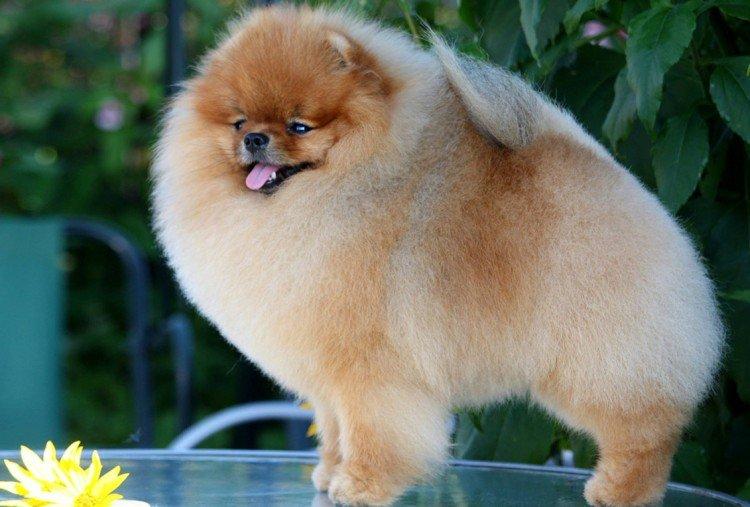
Walking
The Pomeranian is an ornamental breed, so it can be litter box or diaper trained. But an active and emotional dog definitely needs to walk twice a day for at least an hour. The puppy is taught gradually - for 10-15 minutes only in good weather.
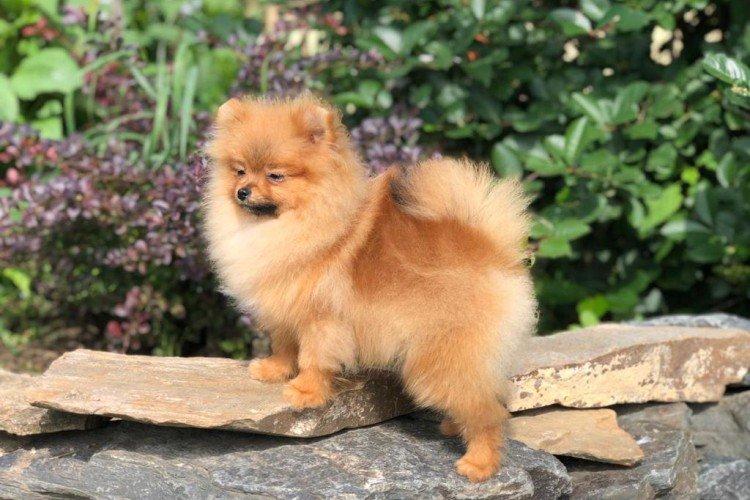
Education and training
Although the Pomeranian is a small decorative breed, it definitely needs to be trained. Too spoiled pets become capricious and almost uncontrollable. And given that the tiny orange considers himself a large and formidable dog, this is fraught with problems.
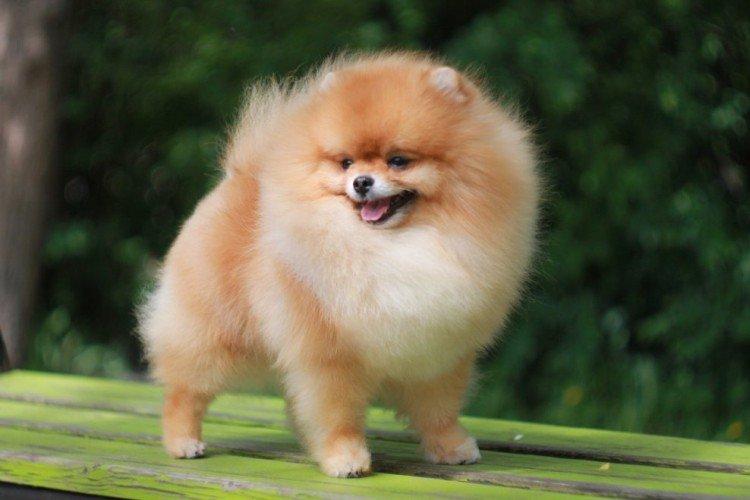
How to feed a Pomeranian
Normally, Pomeranians have a fast metabolism and excellent appetite, so they should not be allowed to eat uncontrollably. With this size, even a pound can become critical excess weight. Choose specialized feed for Spitz or Miniature breeds and adhere to the manufacturer's dosage.
On a natural diet, proteins are especially important - fish 2 times a week, boiled low-fat meat, eggs, dairy products. About 15% of the diet should be porridge cooked in water. You can add some vegetables, fruits and berries to them. Do not give your dog pork, sweets, milk, bones, potatoes, legumes, baked goods and millet.
Small puppies are fed 5-6 times a day in tiny portions, for Spitz from six months, 2-3 times a day is enough, and adult dogs can be fed 1-2 times. Give your pet vitamins regularly during active growth, stress, illness, molting, changing teeth, during pregnancy and old age.
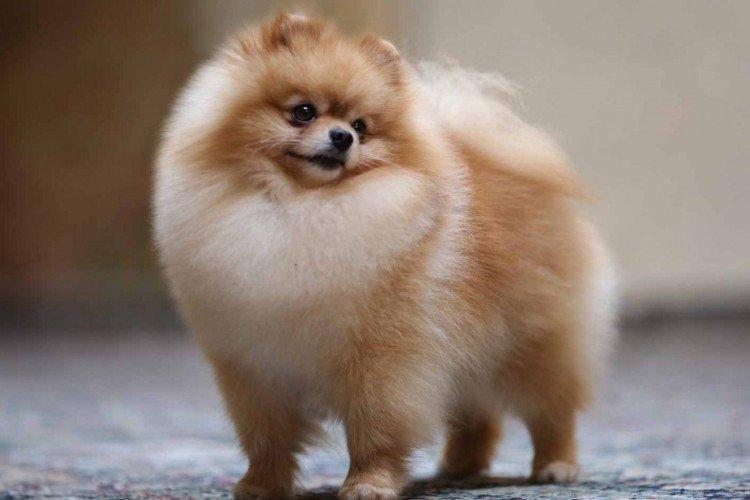
Breed health and disease
Most often, Pomeranian Spitz have periodontal diseases, which can be avoided by regularly brushing their teeth. Dislocations and subluxations in small, active dog breeds can be prevented by diet and weight control. Hypothyroidism is a hormonal problem and metabolic disorder, so you need to periodically donate blood for analysis.
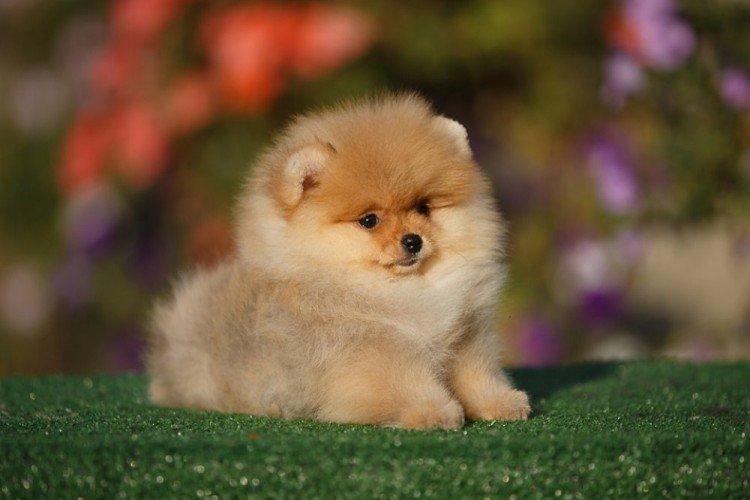
How much is a Pomeranian
For about 30 thousand rubles, you can buy an undocumented Pomeranian. If you need a puppy with a pedigree and all the papers, the price starts from 45 and goes up to 80 thousand. Individual puppies can be much more expensive.
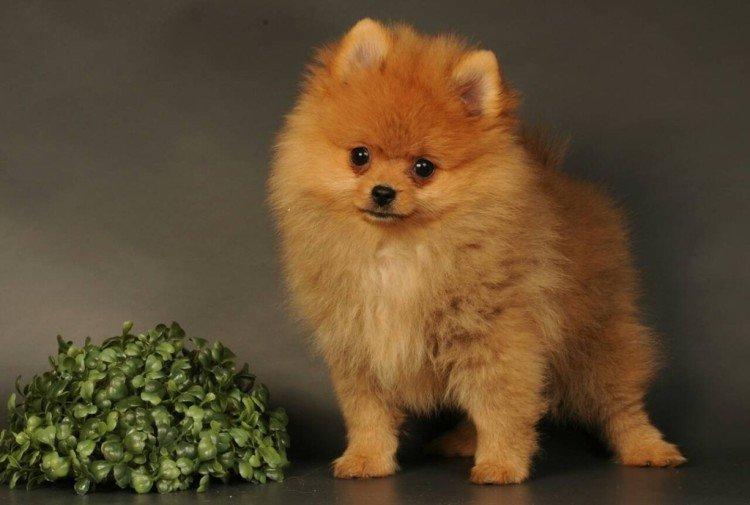
Pomeranian spitz photo
Although the photographs are not able to convey all the charm of the Pomeranian, they also look just magical. Just look!
